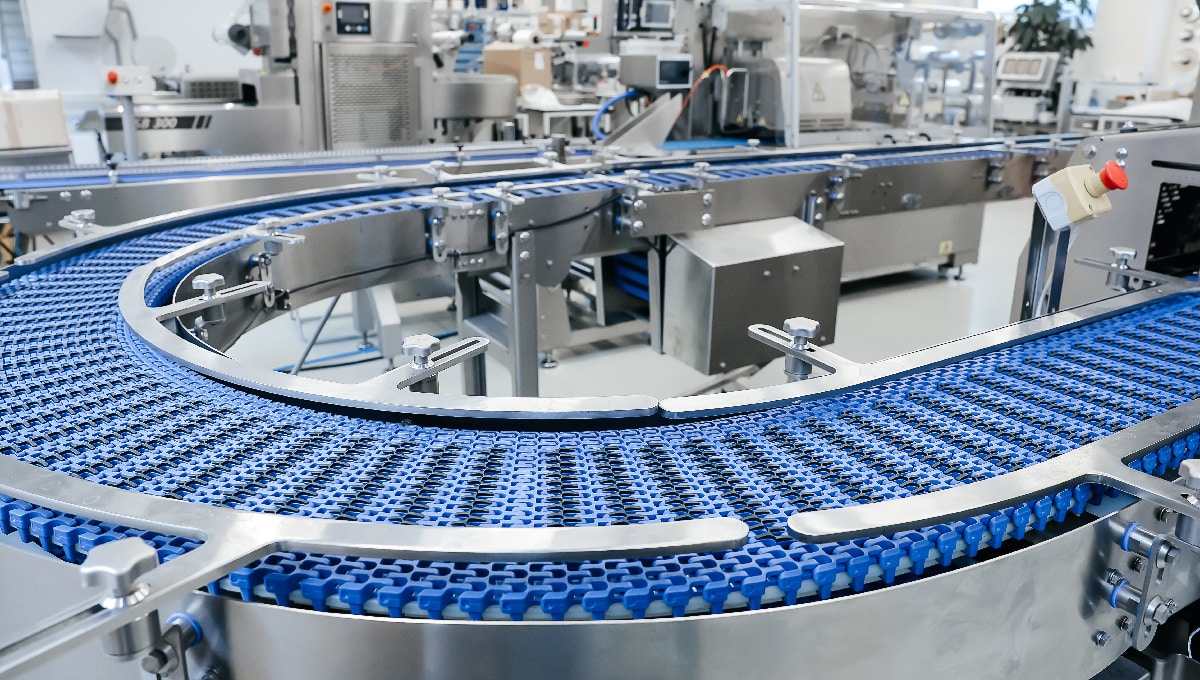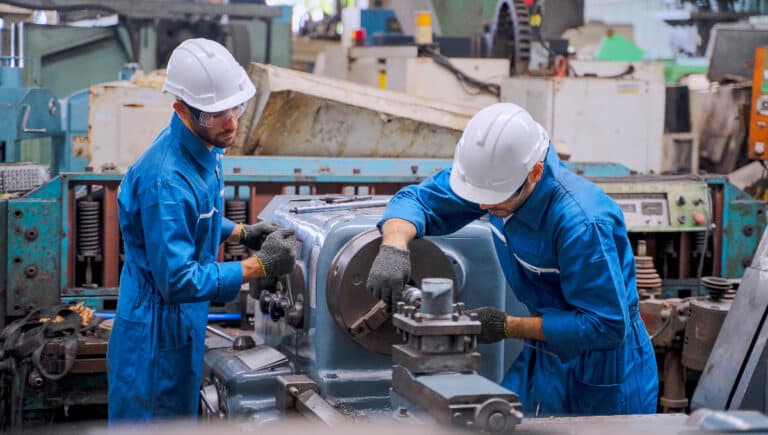Manufacturers see much of what they do in terms of cost, and it’s easy to understand why. Controlling the cost of raw materials, energy consumption, vendor contracts and more is critical to keeping overhead low and profit margins high. One of the most important costs on a manufacturer’s balance sheet is how much they spend on their maintenance programs. Keeping mission-critical equipment and systems online for as long as possible without breaking down is important, yet it entails significant costs. However, manufacturers who understand the true cost of breakdowns know that no matter what they spend on maintenance and reliability efforts, it’s a bargain compared to the alternative.
But to understand why that’s the case, it’s necessary to take a close look at what influences the cost of maintenance, why it makes up such a large portion of plant operating budgets and ultimately why ignoring it can be far more expensive. At the same time, manufacturers should pay attention to their maintenance budgets and do what they can to keep them in line without sacrificing any of the benefits.
What contributes to industrial maintenance costs?
To understand what a manufacturer’s maintenance costs are, it’s necessary to recognize the obvious as well as the invisible factors that go into them. Of course, there are the direct costs of maintenance, which includes the price of spare parts and tools along with the payroll of the technicians who perform the work. This also includes any specialized services or technologies that are used as part of the program.
But these don’t tell the whole story, and there are other indirect costs that can cause a maintenance budget to swell up without warning. Some of the most common examples of these indirect costs include wasted energy caused by poorly maintained equipment, fines resulting from safety incidents or regulatory non-compliance, and any productivity lost due to downtime. Tracking both the visible and hidden costs of maintenance—or the lack of it—is crucial for manufacturers.
Preventive vs. reactive maintenance costs
Another important distinction when calculating the cost of maintenance is the overarching approach to maintaining equipment the manufacturer follows. Broadly speaking, there are two main approaches: reactive, which focuses on work performed after a breakdown; and preventive, which is concerned with performing routine maintenance tasks to prevent breakdowns from occurring in the first place.
The cost of reactive maintenance typically is much higher than a preventive program. This is because waiting for a breakdown usually means costlier emergency repair work, overtime pay for technicians and expedited parts orders. On the other side of the equation, preventive maintenance allows for more predictability and stability in budgeting because of its focus on performing smaller tasks on a regular maintenance schedule to keep equipment in good condition. For example, it costs a lot less to replace a small bearing that was already in inventory at the first sign of wear than it would cost to react to a catastrophic motor failure caused by that same bearing failing.
The role of downtime in maintenance expenses
While maintenance expenses can feel unexpected, it’s important to consider the broader picture—unplanned downtime is often far more expensive. In many cases, it delivers a greater blow to the bottom line than the cost of repairing or replacing the machine itself.
That’s because when an important piece of machinery fails, it causes a domino effect throughout the entire operation. The lost productivity caused by downtime creates ripple effects in the supply chain, delays in delivery and customer dissatisfaction. It may help to contextualize the true cost of downtime through the following formula:
(Lost Units x Contribution Margin) + (Labor Cost + Penalties) = Downtime Cost
Tracking and measuring maintenance costs
While keeping equipment in good working order is significantly less expensive than reacting to sudden failures, manufacturer’s should still monitor their maintenance spending. There are a number of metrics manufacturers should pay attention to as they assess the cost and cost-effectiveness of their maintenance efforts, including:
- Mean Time Between Failures (MTBF)
- Mean Time to Repair (MTTR)
- Overall Equipment Effectiveness (OEE)
- Maintenance cost as a percentage of replacement asset value (RAV)
- Maintenance cost per unit produced
Analyzing these KPIs through CMMS or ERP systems can provide manufacturers with the data they need to root out any inefficiencies.
Strategies to reduce industrial maintenance expenses
Manufacturers can take a number of proactive steps to keep their maintenance costs low, such as:
- Shifting from reactive to preventive or predictive maintenance
- Investing in condition monitoring or IIoT sensors
- Optimizing spare parts inventory management
- Cross-training staff to reduce dependency on overtime or contractors
- Outsourcing specialized tasks to trusted providers for cost predictability
- Making energy-efficiency upgrades
Costs of maintenance technology and predictive tools
Implementing predictive maintenance (PdM) techniques and technologies can be pricy at first, but they can pay off significant dividends in the long run. Investing in sensors, software platforms and IT upgrades may represent a substantial upfront cost, as can ongoing licenses for monitoring platforms and staff training. However, these efforts can reduce unplanned downtime by detecting failures before they happen. They also mean extended asset lifespans and higher energy efficiency, not to mention lower insurance and regulatory costs due to safer operations.
It all adds up to PdM lowering the total cost of ownership for most industrial assets. Manufacturers also gain greater predictability in their costs and their overall operations.
Controlling maintenance costs
It’s more expensive not to focus on preventive maintenance, but not every manufacturer has the resources to do so by themselves. This is where ATS comes in, with outsourced preventive and predictive maintenance services that minimize costs while maximizing performance. We can tailor our capabilities to meet manufacturers’ precise needs while helping them lower labor costs and improve their uptime.
Get in touch with ATS today to get a maintenance strategy consultation to keep your costs under control.






